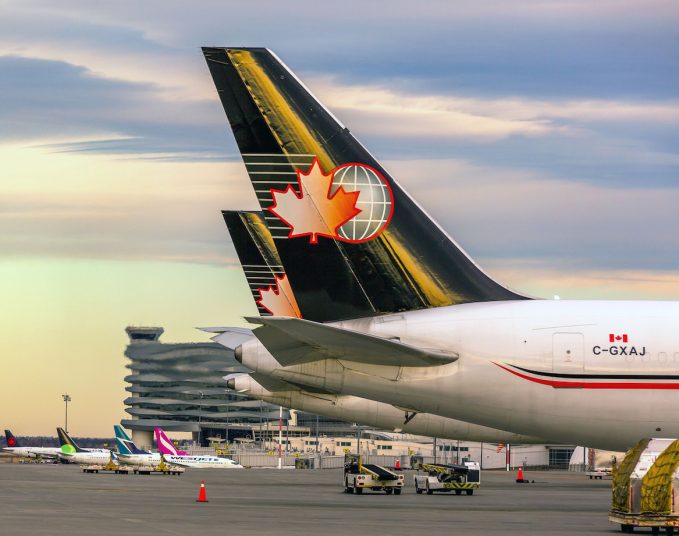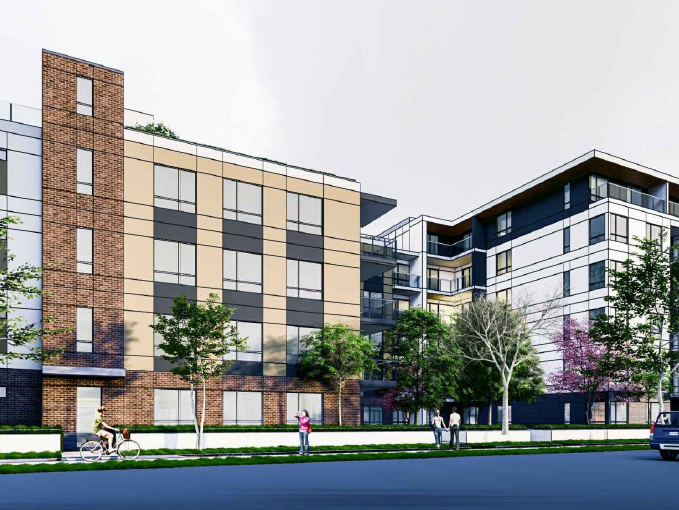If Edmonton Public Schools opened nine new schools tomorrow, they’d be full. That’s how dire the shortage of space has become for the Division and its nearly 110,000 students as it copes with enrolment growth and frustration from new construction priorities going unfunded by the provincial government.
“We are in a crisis,” says Edmonton Public School Board Chair Trisha Estabrooks. “We got to this point because of years of being ignored by the provincial government when we said we needed new schools, we needed consistent, sustainable investment in new schools and modernizations for Edmonton Public Schools.”
Seven public schools are now under lottery, meaning even students who live near the school aren’t guaranteed a spot.
Parents are feeling the pain. Days ago, Mitul Tilva learned that his daughter didn’t get into kindergarten at Svend Hansen School, across from his house in southeast Edmonton. “If I sit on my sofa, I can see the school,” he says. He moved his family to that home so his kids could walk to the neighbourhood school.
“When we passed by in the car or walking she’d say, ‘Papa, this is my school,’ because we were always telling her and expecting that. And our neighbours also go to the school.”
Now, Tilva and his wife are wondering how they’ll manage getting their kindergartener to another school while they’re both working.
Kristin Tarnowski knows the stress too. Two years ago, her daughter didn’t get a kindergarten spot at Dr. Margaret-Ann Armour School in Ambleside, a couple of minutes walk from the house they had lived in for 12 years. Ultimately, Tarnowski sold her house and moved so she could realize “the dream of walking your kid to school every single day.”
“I just wish that all kids could go to their neighbourhood school if they want to, that there would be a spot for them,” she says.
September 2022 saw 4,455 additional students enrol in Edmonton’s public schools, the highest increase since the mid-1960s. This fall the increase is projected to be even higher.
“In three to five years, the Division is projected to have between 12,000 and 18,000 additional new students, bringing the deficit of new space versus enrolment growth to between 14,000 to 20,000 spaces,” reads the Division’s latest three-year capital plan.
After no funding for new school construction in the Division for two years straight, the province this year funded a new K-9 school in Edgemont, which was No. 1 on the Division’s priority list. Other projects, including its top priority Grade 7-12 school in Glenridding Heights, received funding for design or planning only, something Estabrooks says doesn’t go far enough.
She sees a paradox in the way the province has gone about things. It has launched campaigns urging families to move here, but isn’t funding schools to keep pace with the influx.
“Where’s the foresight so that we can truly welcome families into a school environment that has space for them? Where was this investment in schools when we needed it a few years ago?” says Estabrooks.
In an emailed statement, a spokesperson for Education Minister Adriana LaGrange blamed EPSB for the crunch situation.
“For the past few years, Edmonton Public has not put forward priority schools in growing communities, and instead prioritized modernization projects in schools with low utilization rates which also did not present significant health or safety concerns. Because Alberta Education’s capital plan is based off of the prioritization of schools from school authorities, this meant those school projects in growing areas did not rise on the overall capital plan because they did not have the priority support of Edmonton Public,” Emily Peckham stated in the email.
Peckham added after Alberta Education and LaGrange “worked with EPSB to help them understand” how the process works, the board has now focused on “high-growth areas where the need is significant.”
Estabrooks confirmed the board’s priority is new construction.
“When you think about a family in our city and you think about an affordable place to live, many of our neighbourhoods outside the core – that’s where it makes sense for them to move. The school Division needs to be responsive to that and build new schools in those neighbourhoods, which is why we have prioritized new builds over modernizations.”
If funding for new schools doesn’t start flowing fast, the Division expects to reach 100 per cent capacity by 2030. Right now, the Division is at 82 per cent capacity. Anything above 80 per cent, the Division says, leaves little room for extras such as child care or program expansion, and means art and science rooms might have to be used as regular classrooms.
Savvy AF. Blunt AF. Edmonton AF.




